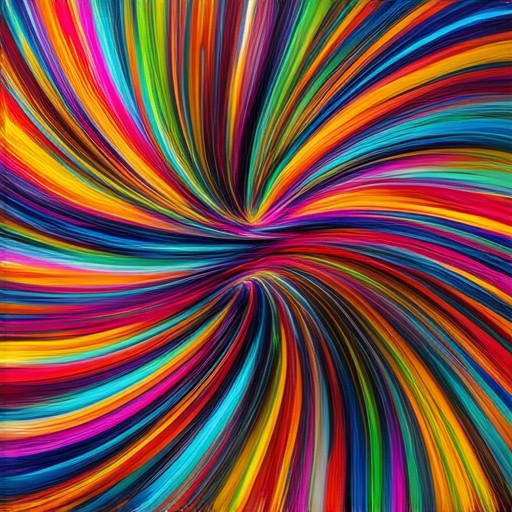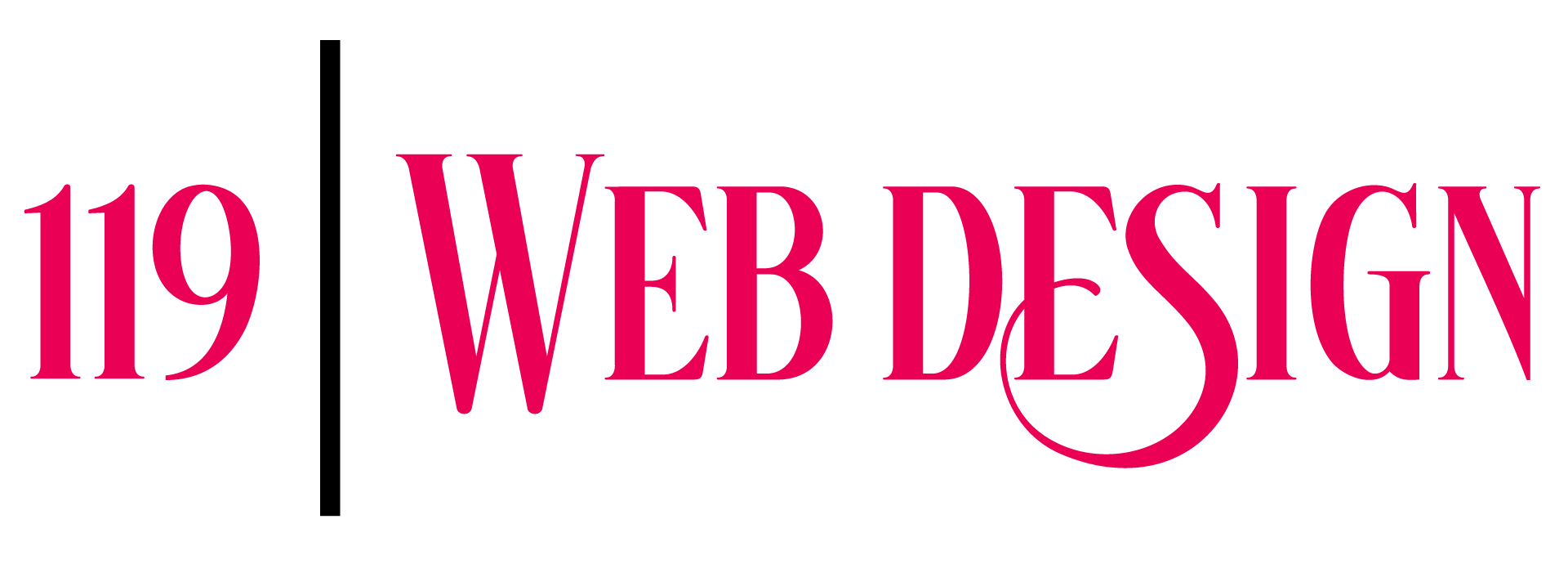Creating a visually captivating website is essential for making a strong first impression, and one of the most critical aspects of this process is selecting the right website color scheme. Whether you’re designing a new site or revamping an existing one, choosing the perfect color palette can significantly impact your brand’s identity, user engagement, and overall aesthetics. With countless options available, it can be overwhelming to decide which colors will work best for your vision. However, by understanding the principles of color theory, leveraging tools designed for generating website color schemes, and exploring expert recommendations, you can craft a cohesive and visually appealing design that resonates with your audience. In this article, we’ll explore expert recommendations for creating effective website color schemes, discuss how to align these choices with your brand identity, and provide practical tips for selecting the best color combinations. From understanding the science behind color psychology to discovering top tools for generating color palettes, this guide will walk you through everything you need to know to create a website color scheme that truly stands out.
Key Takeaways
- Use primary colors that align with your brand identity for consistent recognition.
- Incorporate complementary accent colors sparingly to enhance visual interest.
- Opt for light, neutral backgrounds with darker accents for depth and contrast.
- Maintain a minimum 4:1 contrast ratio for readability and accessibility.
- Pair your color scheme with sans-serif fonts for enhanced readability.
- Utilize predefined color palettes like monochromatic or complementary schemes.
- Test your color scheme across devices and screen resolutions for consistency.
- Consider examples like Airbnb and Spotify for effective color combination ideas.
- Ensure brand consistency to reinforce recognition and loyalty.
- Use color strategically to evoke specific emotions and enhance user experience.
- Prioritize accessibility by adhering to WCAG standards and ensuring proper contrast.
- Use contrasting colors to guide user attention and highlight key elements.
- Establish a clear visual hierarchy to improve navigation and content discovery.
- Respect cultural contexts by considering regional color preferences.
- Stay updated with current design trends to maintain a modern aesthetic.

Expert Recommendations for Creating an Effective Website Color Scheme
Creating an effective website color scheme requires careful planning and consideration of various factors to ensure visual appeal, brand consistency, and optimal user experience. Below are expert-recommended strategies to craft a compelling color palette for your website:
- Align Colors with Brand Identity : Begin by defining your brand’s core identity. Use consistent colors that reflect your brand values, mission, and target audience. Consider using brand guidelines or color palettes provided by your brand team to maintain coherence across all platforms.
- Consider Psychological Impact : Colors have a profound effect on emotions and user perception. For instance, warm colors like orange and red can evoke excitement and energy, while cool tones like blue and green often convey trust and calmness. Choose colors that resonate with your brand’s personality and communicate the desired message to your audience.
- Prioritize User Experience : Ensure that your color choices enhance readability and navigation. Dark backgrounds are generally easier on the eyes, while light backgrounds can make text harder to read. Opt for contrasting colors for buttons and important elements to guide user actions effectively.
- Balance Contrast and Harmony : Maintain a balance between contrasting colors and harmonious ones. High contrast can draw attention to key elements, while complementary colors create a cohesive look. Avoid clashing colors that may strain the eyes or reduce usability.
- Stay Updated with Trends : Incorporate current design trends to appeal to modern audiences. For example, muted tones and earthy colors are gaining popularity, while vibrant gradients are becoming more common in digital designs. Research industry blogs and design platforms like Behance or Dribbble to stay ahead of the curve.
- Use Color Palettes and Tools : Utilize online tools like Adobe Color or Canva’s Color Palette Generator to streamline the selection process. These tools offer predefined combinations that you can customize to fit your needs.
- Test and Iterate : Conduct A/B testing to determine which color schemes yield better engagement and conversions. Gather feedback from real users and refine your choices based on their preferences and behavior patterns. Testing ensures that your final design meets actual user needs rather than just personal aesthetics.
- Seek Professional Help : Collaborate with experienced web designers or graphic artists to leverage their expertise. Professionals can offer insights and recommendations tailored to your specific goals and industry standards. Websites like 99designs connect you with skilled designers who can bring your vision to life.
By following these guidelines, you can create a website color scheme that not only looks professional but also enhances user experience and achieves your brand’s objectives. Remember to regularly update your color palette to reflect evolving design trends and maintain relevance in your niche.
How to Choose the Right Website Color Scheme for Your Brand
Choosing the ideal website color scheme for your brand involves several strategic considerations to ensure it aligns with your brand identity, resonates with your target audience, and maintains visual consistency. Here’s a step-by-step guide to help you make the best choice:
- Define Your Brand Identity: Begin by understanding your brand’s personality. Are you professional, playful, creative, or innovative? Colors often reflect these traits. For instance, a playful brand might benefit from brighter, bolder hues, while a professional brand may opt for muted, sophisticated tones.
- Identify Your Target Audience: Consider the demographics of your visitors. Different age groups and professions may prefer different color palettes. Tailor your color choices to appeal to their preferences and evoke the desired emotional response.
- Establish Color Consistency: Maintain a cohesive color palette across all brand touchpoints, including your logo, marketing materials, and social media platforms. Consistency helps reinforce brand recognition and creates a unified visual experience.
- Consider Psychological Impact: Colors have psychological effects. For example, blue is often associated with trust, green with growth, and red with urgency. Choose colors that align with your brand’s values and message to create the desired emotional connection.
- Limit Your Palette: Stick to a limited number of colors to enhance clarity and professionalism. Use primary colors for the most important elements and reserve accent colors for highlights and details.
- Use Tools for Assistance: Utilize online color scheme generators and tools to create tailored palettes. These tools can provide inspiration and ensure consistency across your design projects.
- Evaluate Accessibility: Ensure your chosen colors are accessible. Proper contrast ratios are essential for readability, particularly for users with disabilities. Tools like the Colorable accessibility tool can help verify this.
- Research Competitors: Analyze successful websites in your niche for color scheme inspiration. While avoiding direct copying, draw motivation from their approaches to align with your brand’s unique identity.
- Test and Refine: Test your chosen color scheme across various devices and screen sizes. Gather feedback from users to assess visual appeal and readability. Make adjustments as needed to optimize the user experience.
By following these steps, you can craft a website color scheme that not only reflects your brand’s essence but also enhances user engagement and satisfaction. Remember to keep your design simple, consistent, and aligned with your brand’s mission and values.

Best Website Color Schemes for Cohesive and Visually Appealing Designs
The choice of website color schemes plays a pivotal role in determining the visual appeal and overall aesthetic of a website. A well-chosen color palette not only enhances the user experience but also reinforces the brand identity. Below are some expert-recommended color schemes and design tips to help you create a cohesive and visually stunning website:
1. Complementary Colors
Complementary colors consist of two colors opposite each other on the color wheel. Using these colors can create a striking contrast and draw attention to specific elements of your design. For example, pairing a deep blue with a bright yellow can create a dynamic and eye-catching combination.
2. Warm and Cool Color Palettes
Warm colors like orange, red, and yellow are known to evoke warmth and energy, making them ideal for high-energy websites or those aiming to convey excitement. On the other hand, cool colors such as blue, green, and purple convey calmness and trustworthiness, making them suitable for professional or service-oriented websites.
3. Monochromatic Color Schemes
A monochromatic color scheme uses variations of a single base color, creating a sleek and minimalist look. This approach works well for websites with a focused brand identity or those wanting a sophisticated appearance. For example, using various shades of gray or white can give a clean and modern feel.
4. Harmonious Palettes
Harmonious color palettes involve the use of related colors that share similar hues. This approach creates a sense of unity and ensures that the design feels cohesive. For instance, using different tones of blue, green, and teal can create a harmonious and visually pleasing color scheme.
5. Bold and Vibrant Combinations
Bold and vibrant color combinations can make a website stand out, but they require careful planning to avoid overwhelming the viewer. Pairing a bright color with neutral tones can strike the perfect balance. For example, using a bold red with soft grays can create a striking yet elegant design.
Color Psychology and User Experience
Understanding color psychology can help you choose colors that resonate with your target audience. For example, yellow is associated with happiness and optimism, while purple is linked to royalty and luxury. Consider your brand values and the emotions you want to evoke to select the right color palette.
Tools and Resources
To experiment with different color schemes, you can use free online color pickers like ColorCube or Canva’s Color Palette Generator . Additionally, CSS frameworks like Tailwind CSS offer predefined color classes to streamline the process.
Accessibility Considerations
When selecting a color scheme, ensure that it is accessible. Proper contrast ratios between text and background colors are essential for readability. Use tools like ColorScheme to check the accessibility of your chosen palette.
By thoughtfully selecting and balancing these color schemes, you can create a website that not only looks visually appealing but also aligns with your brand’s identity and enhances the overall user experience. For professional guidance and custom color palette recommendations, visit 119WebDesign.com .

Expert Recommendations for Creating an Effective Website Color Scheme
Creating an effective website color scheme involves careful consideration of design principles, user experience, and brand identity. Here are expert-recommended tips to craft a cohesive and visually appealing design:
- Primary Colors:** Choose a dominant color that aligns with your brand identity. Ensure consistency across all pages, using the primary color in navigation bars, buttons, and logo areas.
- Accent Colors:** Introduce complementary colors to add visual interest and hierarchy. Use these colors sparingly for highlights, buttons, and interactive elements.
- Background Colors:** Opt for light, neutral backgrounds to maintain a clean and modern look. Darker backgrounds can be used for specific sections or features to add depth and contrast.
- Contrast:** Maintain sufficient contrast between text and background to ensure readability. A minimum contrast ratio of 4:1 is recommended for optimal user experience.
- Typography:** Pair your chosen color scheme with appropriate typography. Sans-serif fonts are generally recommended for better readability on digital screens.
- Color Palettes:** Consider predefined color palettes like monochromatic, complementary, or analogous schemes to create a balanced and professional look.
- Testing:** Always test your color scheme across different devices and screen resolutions to ensure it looks consistent and visually appealing everywhere.
For further inspiration, explore color scheme tools and resources that can help you create a perfect match for your website’s needs.
Examples of well-executed color schemes can be found at Airbnb and Spotify , which effectively balance aesthetics with usability.
By following these guidelines, you can develop a website color scheme that not only enhances visual appeal but also improves user engagement and brand recognition.
Top Tips for Selecting a Website Color Scheme
Choosing the right color scheme for your website involves careful consideration of your brand identity, audience preferences, and usability factors. Here are expert tips to guide you through the process:
- Consistency in Branding: Use colors that align with your logo, marketing materials, and overall brand identity. Consistency helps reinforce brand recognition.
- Color Theory Basics: Understand the principles of complementary colors, analogous colors, and color harmony to create cohesive palettes. Tools like color wheels can help visualize these relationships.
- Consider Lighting and Environment: Colors may appear differently depending on screen settings and lighting conditions. Test your color choices across devices and platforms.
- Ensure Proper Contrast: Maintain sufficient contrast between text and background to enhance readability, particularly for text-heavy sections like articles or navigation menus.
- Typography Considerations: Pair your chosen color scheme with appropriate fonts and typography styles to ensure readability and aesthetic balance.
- Limited Color Palette: Stick to 2-6 colors for simplicity and effectiveness. Too many colors can overwhelm users and reduce brand focus.
Examples of Successful Color Combinations
Here are some popular and effective color combinations inspired by successful websites:
- Professional Blue Palettes: Dark blue, light blue, and white combinations are often seen in tech and financial websites. Example: 119WebDesign uses a clean blue and white scheme for its dashboard interface.
- Warm and Inviting Hues: Soft oranges, yellows, and browns are ideal for hospitality, travel, and lifestyle websites. These colors evoke warmth and comfort.
- Modern Monochromatic Looks: A single dominant color with subtle accents can create a sleek, modern appearance. For instance, a deep navy blue with white accents works well for professional services websites.
- Earthy Tones: Greens and earthy tones are great for eco-friendly or nature-themed websites. A green accent color can complement a neutral background effectively.
- Contrastive Accent Colors: Use a single pop of color (like red or orange) to draw attention to key elements like buttons or feature sections. This works well for e-commerce sites.
Remember to test your chosen color scheme across different devices and browsers to ensure consistency and visual appeal. For further inspiration and tools, visit 119WebDesign to explore their comprehensive guide on web design essentials.

Why Professional Websites Use Specific Color Schemes
Professional websites employ specific color combinations for several reasons, each contributing to a cohesive and effective online presence. Here’s a breakdown of the key factors:
- Brand Consistency: Professional websites often use predefined color palettes that align with their brand identity. These colors are carefully selected to reflect the company’s mission, values, and personality, ensuring consistent recognition and brand loyalty among visitors.
- Emotional Impact: Colors are known to evoke specific emotions. Strategic use of colors can create the desired atmosphere, whether it’s calming blues for a healthcare site or energetic yellows for a children’s products page.
- Accessibility: Proper color contrast and selection are crucial for ensuring the website is usable for everyone, including those with visual impairments. Compliance with accessibility standards like WCAG (Web Content Accessibility Guidelines) is a key consideration.
- User Engagement: Specific color choices can guide user attention. For instance, contrasting colors can highlight important elements like buttons or navigation bars, while neutral tones can reduce distractions and allow content to dominate the visual landscape.
- Visual Hierarchy: Color schemes help establish a clear hierarchy, making it easier for users to navigate and find information quickly. This is particularly useful for complex websites with lots of content.
- Cultural Context: Colors carry cultural meanings and associations, which can affect how a website is perceived globally. Professional designers consider regional preferences to ensure the color scheme resonates appropriately with diverse audiences.
- Trends and Aesthetics: Following current design trends ensures that the website stays modern and competitive. Popular color combinations, such as gradient backgrounds or pastel accents, can make a design feel contemporary and appealing.
By thoughtfully selecting and applying color schemes, professional website designers aim to create visually appealing, user-friendly, and culturally appropriate experiences that align with the site’s purpose and audience.




0 Comments